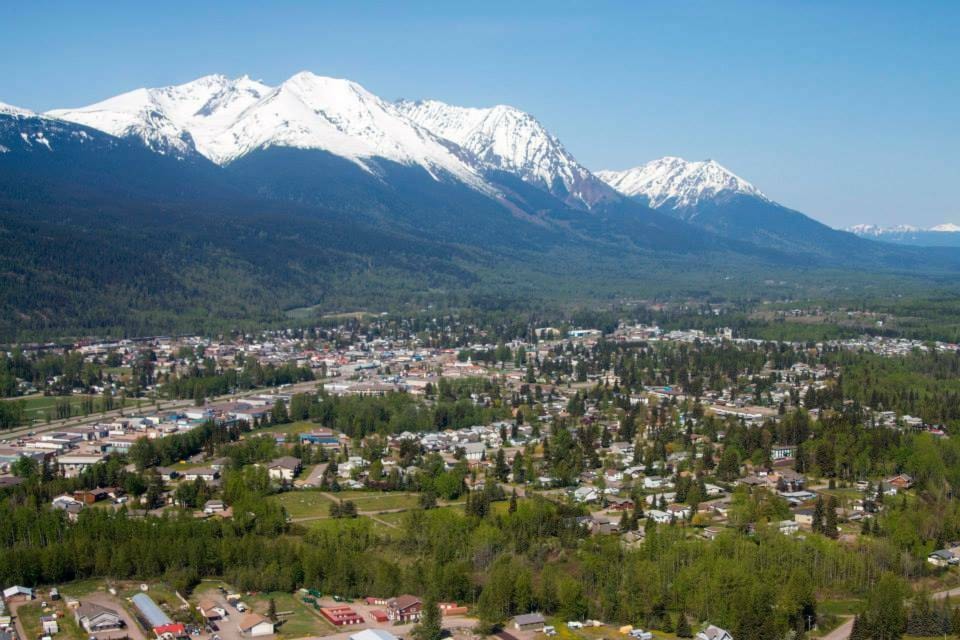Smithers’ population has not only declined slightly since the 2016 census, it has also gotten slightly older.
According to data from the 2021 census released by Statistics Canada (StatCan) today (April 27), the average age of Smithereens is now 40.6 years compared to 39.8 in 2016.
This minor change in demographic makeup is almost entirely accounted for by an increase in the age distribution of residents who are now over the age of 65. In 2016, only 15.8 per cent of the population had reached the traditional retirement age. That was up to 18.3 per cent last year.
The increase lines up with a corresponding drop in the number of people in the 15-64 age range from 66 per cent to 63.5 per cent.
There was virtually no change in the distribution of Smithers’ youngest and oldest citizens. Those aged 0-14 years made up 18 per cent of the 2016 count and 18.2 per cent in 2021. Similarly, those over 85 now make up 2.5 per cent of the population compared to 2.6 per cent five years prior.
The ratio of females to males remained relatively steady with females making up 51.7 per cent of the population compared to 51.5 per cent during the previous census.
READ MORE: Smithers population declines in 2021 census
While StatCan for the first time in the 2021 census asked people to report whether they identified as transgender or non-binary, that information was not presented in the local data. National data indicates 0.33 per cent of the Canadian population (one in 300) identifies as transgender or non-binary.
The latest data release also revealed what kinds of dwellings Smithereens live in. Since the last census, the biggest change has been in the number of movable homes.
In 2016, that number was 120 and is now up to 150, an increase of 25 per cent.
There has also been a significant 16.7 per cent increase in the number of apartments occupied in town. In 2016, apartments numbered 420. Now, there are 490. The increase of 70 is dominated by apartments or flats in duplexes (an additional 60) as opposed to apartments in apartment buildings (10).
Smithereens’ accommodations are still dominated by single-detached houses, however. Of the 2,310 occupied dwellings in town, 1,450, or 62.8 per cent, are single-family homes.
While the population declined from 5,401 to 5,378 (0.4 per cent), the number of occupied dwellings increased slightly from 2,290 in 2016 to 2,310.
The average household size of 2.3 persons has not changed.
While the town’s population has declined and aged the surrounding rural area (Bulkley-Nechako Electoral Area A) tells a slightly different story.
Smithers Rural saw a similar increase in the older age demographic from 13.8 per cent to 16.5 per cent, but also a significant increase in the distribution of the youngest age group. Children aged 0-14 now make up 20.5 per cent of the rural population compared to 18.6 per cent five years earlier.
The average age is 40.1.
The other big difference between town and country is the male-female ratio. In the 2021 census 2,905 (52 per cent) were male while 2,690 were female.
Almost all of the residents of Bulkley Nechako A live in single-detached houses with 1,905 of the 2,140 occupied residences in the jurisdiction being that type of dwelling.
The average household size is 2.6.
Meanwhile, Telkwa grew significantly with an 11.1 per cent bump in population from the previous census and remains a relatively young population with an average age of 36.
This is at least partially influenced by a strong demographic of young children (0-14) at 24.1 per cent of the total residents up from 22.6 in 2016.
Females outnumber males in the village at 790 to 685.
The community is also heavily dominated by single-detached homes which number 495 of the 560 occupied private dwellings.
Heading west on Hwy 16, the decline and aging of populations becomes more dramatic.
Witset saw a decrease of 17.3 per cent in population.
The community also saw a significant increase in its average age of almost four years from 36.3 to 40.2. Perhaps even more telling, though, is the jump in median age by more than nine years from 34.5 to 43.6.
StatCan reports both average and median ages, the median being the age at which exactly half the population is older and half the population is younger. Whereas in Smithers, Bulkley-Nechako A and Telkwa, the average and median ages are statistically very close, the greater deviation for Witset could indicate a more significant aging trend.
Hazelton also saw a major drop in overall population at 17.9 per cent. With very high average and median ages of 47.2 and 49.6 (both up from the previous census) and a low ratio of the youngest demographic of only 13.5 per cent, the census data does not bode well for the community.
New Hazelton fared slightly better increasing its population slightly from 580 t0 602 and increasing its ratio of the 0-14 demographic from 16.4 per cent to 20 per cent.
editor@interior-news.com
Like us on Facebook and follow us on Twitter
